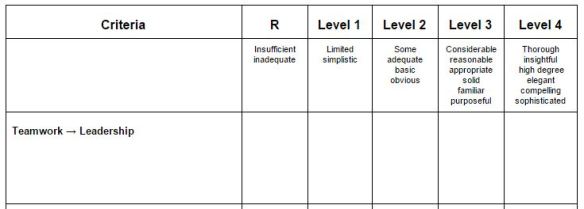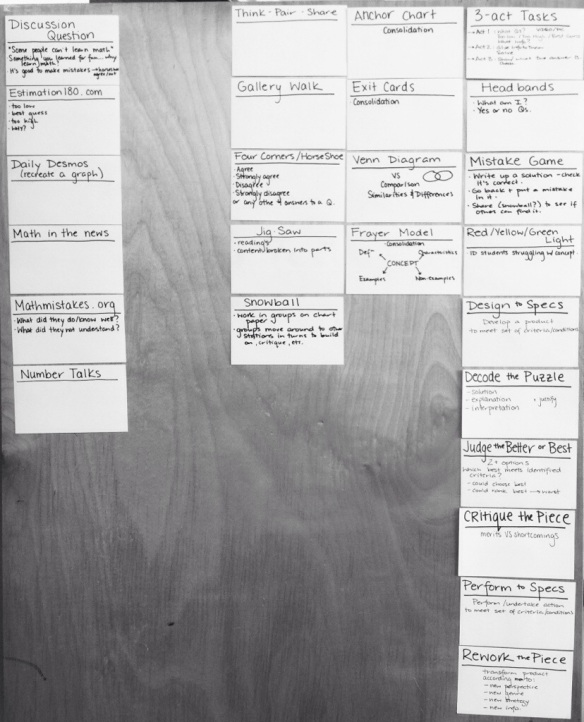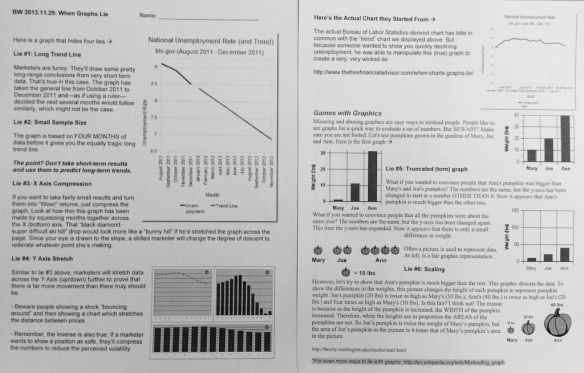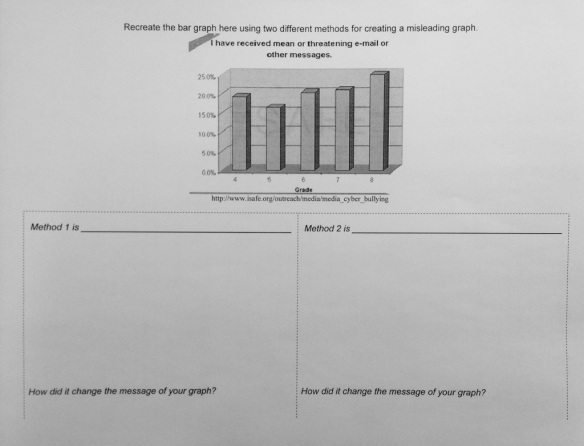A couple of years ago I was teaching Géographie to the French Immersion students at my school. I had just recently attended a workshop by Garfield Gini-Newman on Critical Thinking skills and was trying to approach my Geography curriculum through questions that would require my students to think critically.
My tests changed to open-ended essay questions in order to allow students to show me their own learning based on the investigations they undertook in class (which may have been different from the student sitting next to them). But I discovered that they were not very good at answering open-ended questions. They kept giving me short answers, with no real explanation or justification and often repeated the same idea multiple times using different words. In my search for a remedy, I discovered the 11-sentence paragraph which looks like this:
Opening sentence
Paragraph 1 (3 sentences):
1st point
Explanation w/ more detail
Example/quote/analysis
Paragraph 2:
2nd point
Explanation w/ more detail
Example/quote/analysis
Paragraph 3:
3rd point
Explanation w/ more detail
Example/quote/analysis
Concluding sentence
After working on this answer structure, my students’ marks increased significantly because it prompted them to really explain their thinking and justify it with specific examples from what we’d been learning.
I’ve also used a similar type of idea when prepping my students for the grade 10 Ontario Literacy Test (a graduation requirement; and not just the English teacher’s job to get our students ready!). For the short paragraph answers, I encourage them to write their answer in this format:
Full sentence answer that contains the question within it. Because . . . . For example . . . .
In reading through the summative projects for one of my non-Math classes this past week, I realize that I did not spend enough time teaching them HOW to express their knowledge in order to get a level 4 (highest level of achievement). For example, in their exit interview, my students were asked the following question:
How have you used teamwork to become a better leader this year?
Many gave vague, broad-sweeping statements such as “teamwork is really important because, without each of us helping, we couldn’t run the events that we do”. While true, this sort of answer doesn’t tell me much about their personal teamwork experience, nor does it explain how teamwork made them a better leader than if they had done it alone.
I should have taught them the 11-sentence paragraph. Or spent more time on the “answer … because … for example …” format (because we actually did cover this one in class). And also my rubric should have reflected this. Here is the rubric (well, a checkbric really) that I used: 
The descriptors are those given in the curriculum documents themselves. But I’m not sure it really tells the students what a level 4 answer entails. Not that you have to give away the answer to the question, but they should know what a “considerable” response entails in order to get a level 3. In math class I teach my students through exemplars; we assess solutions together (moderated marking) as a class so that we all have a clear understanding of what each level of achievement looks like.
Here is what I will use as a rubric next time:
So now there will be no question about what I am looking for in their answers.
I know it’s a busy time of year with exams and summatives to mark as well as prepping our new classes for Monday, but I think it’s so important for us to take time also to reflect on what worked and what didn’t this past semester. So as I complete my marking, I also write “next time …” notes to myself to remind me of how I can improve based on what I’m observing now.
– Laura Wheeler (Teacher @ Ridgemont High School, OCDSB; Ottawa, ON)



